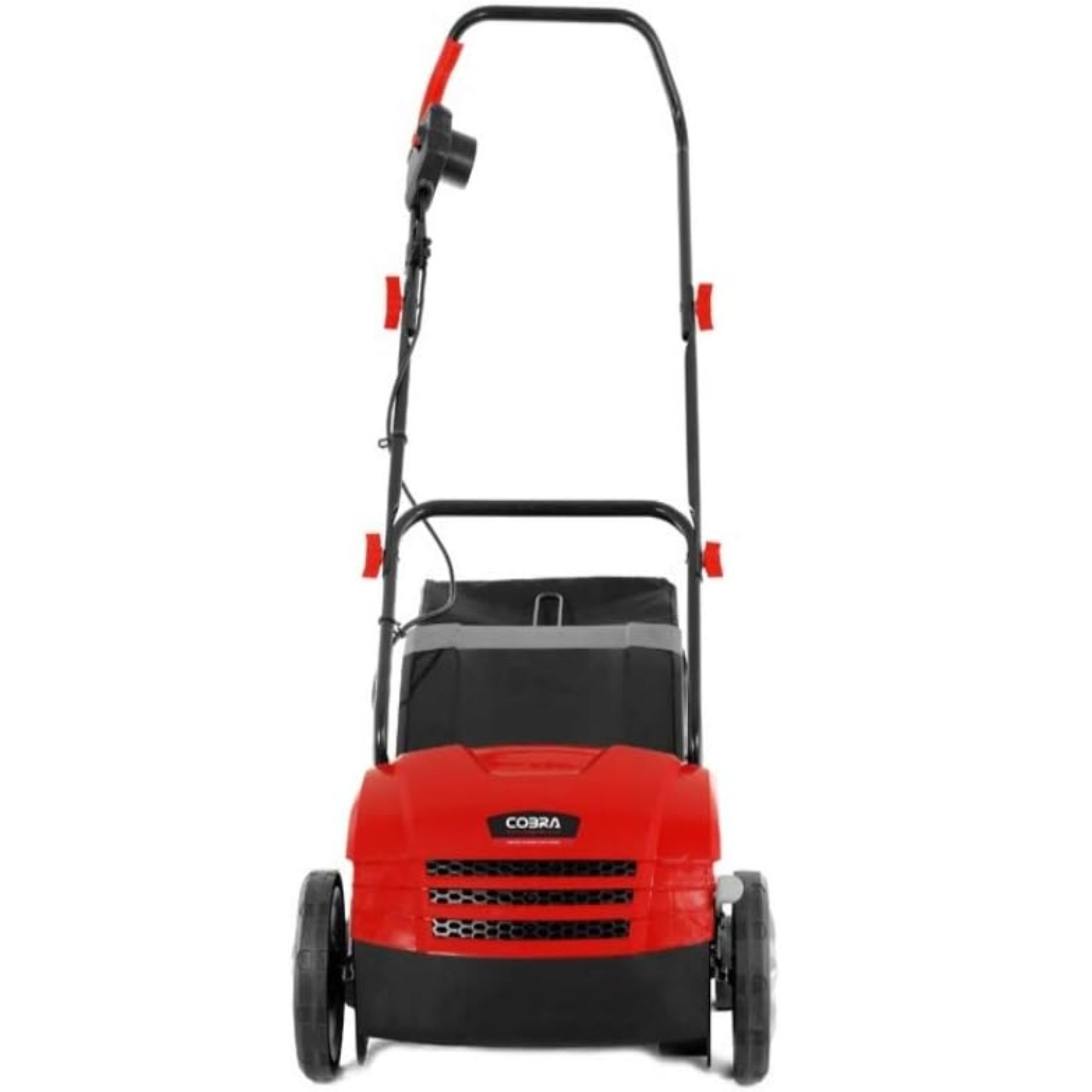How to fix a waterlogged lawn – an expert guide to help your grass recover after heavy rain
Lawn looking more boggy than verdant? Here’s how to rescue yours if it’s become waterlogged...


In case you hadn't noticed already, it's been a long wet summer – which means you're likely wondering how to fix a waterlogged lawn like a pro.
That's right; while we're usually worried about how the hosepipe ban will impact our enviably green grass, the opposite is true this time thanks to all of the heavy rain we've been experiencing.
Don't despair, though, as your lawn ideas are still within reach... so long as you tweak your usual list of lawncare tips...
How to fix a waterlogged lawn
Now, as you likely know already, going on the offence is the best defence when it comes to fixing a waterlogged lawn. If you didn't have a chance to improve lawn drainage before the heavens opened, though, there's still time to rescue your grass.
'Waterlogging can cause several problems such as dead patches and algae, moss and weed growth, so getting on top of a waterlogged lawn as soon as you can is imperative,' says Craig Wilson, co-founder, director and in-house gardening expert at Gardeners Dream.

Craig Wilson, co-founder and director of Gardener's Dream Ltd has established himself as a key figure in the online gardening industry. With over two decades of plant knowledge and gardening experience, he takes pride in sharing his top tips and tricks for the garden.
Before you leap into action, Craig goes on to explain that the first thing you should do is assess why your lawn has become waterlogged.
'There are a few reasons why you might find that your lawn is getting waterlogged after heavy rainfall,' he says.
Sign up to our newsletter for style inspiration, real homes, project and garden advice and shopping know-how
'You may have very compact soil, which means water takes longer to drain through it; you may have heavy clay soil, which naturally drains much slower or before your lawn was laid; or it may not have been prepared properly.'
Once that's done, here's what to do next:
1. Aerate your lawn
Aerating your soil should be your first step to tackling a waterlogged lawn.
'If you find that water is draining slowly and gathering on the surface you’ll want to spike or aerate the soil to enable the water to drain through easier,' says Craig.
'To do this, you’ll need to wait for the standing water to drain away first. If your lawn is getting waterlogged regularly, spiking it every couple of years in autumn will help you to keep waterlogging to a minimum.'
Steven Bell, the CEO of Paving Shopper, agrees with this course of action, noting that, 'by perforating the soil with small holes, you allow air, water, and nutrients to penetrate the grass roots'.

Steven Bell is the managing director of Paving Shopper, known for his expertise in gardening, landscaping and paving. He leads the company with a focus on quality and innovation, ensuring Paving Shopper remains a trusted source for diverse paving needs.'
'This helps the roots grow deeply and produce a stronger, more vigorous lawn, ' he adds.
2. Improve soil drainage
Improving soil drainage is another crucial step when it comes to fixing a waterlogged lawn.
This can be achieved by adding:
Top dressing: a layer of sand or fine gravel on top of the soil can help improve drainage.
Organic matter: compost or well-rotted manure can enhance soil structure and drainage.
'Mixing in organic matter not only improves drainage but also increases the soil’s ability to retain essential nutrients,' explains Steven.
3. Install a French drain
In more severe cases, you might need to install a drainage system. French drains or a network of perforated pipes can redirect water away from the lawn.
'Installing a French drain involves digging a trench, lining it with landscape fabric, and filling it with gravel and a perforated pipe,' Steven advises.
'It’s a more labour-intensive solution but very effective for persistent waterlogging issues.'

Craig agrees, although he notes that 'this method will only work if you have a sloped garden, as it relies on gravity to allow the water to travel down to the ditch, draining the water away to a more suitable area of your garden'.
If this is the case, you should...
4. Replace your turf
If you have a completely flat garden, or the French drainage system doesn’t fix your waterlogged lawn, then you may have to look to replace your turf completely.
'Removing the old turf and re-prepping the soil beneath by digging the area and incorporating organic matter will drastically improve drainage,' says Craig.
'Once you’ve done this, level it off and apply a layer of sand before sowing lawn seed or laying a new turf on top.'

On that note, if you want to make your grass look greener than ever, remember that some grass varieties are more tolerant of wet conditions.
'Choosing a grass type suited to your specific conditions can make a significant difference,' says Steven. 'Consider using tall fescue or ryegrass, as they are more resilient to waterlogged conditions.'
FAQs
Will my waterlogged lawn recover?
In most cases, a waterlogged lawn will recover as it dries out. However, it's a good idea to practice regular lawn maintenance if you want to prevent waterlogging in the future (this includes proper mowing, fertilising, and watering techniques).
'Ensure you're not overwatering your lawn, especially if you’re already dealing with waterlogging,' cautions Steven Bell of Paving Shopper.
'Water deeply but less frequently to encourage deep root growth.'
How do I fix my soggy lawn?
Regrading – which involves reshaping the lawn to ensure water flows away from problem areas – can help to fix a perpetually soggy lawn.
'Ensuring a gentle slope away from your home and other structures can prevent water accumulation,' says Paving Shopper's Steven Bell.
'However, this might require professional help depending on the extent of the regrading needed.'
Now that you know how to fix a waterlogged lawn, it's time to go forth and do battle with that boggy outdoor space. Good luck!

Kayleigh Dray became Ideal Home’s Acting Content Editor in the spring of 2023, and is very excited to get to work. She joins the team after a decade-long career working as a journalist and editor across a number of leading lifestyle brands, both in-house and as a freelancer.
